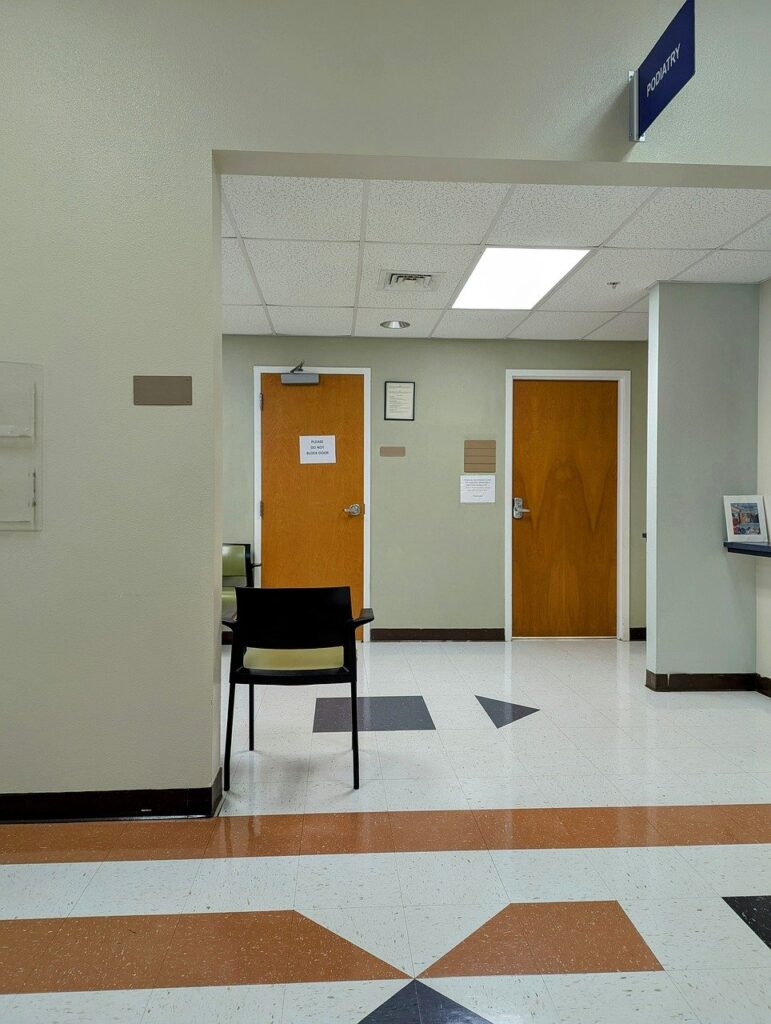Does your practice have a high retention rate? How about dozens of positive reviews? If not, it may be time to improve your patient’s experience. Patient experience directly correlates to retention. If you aren’t prioritizing your patient relationships, you are handing business over to your competitors.
You’re already supposed to deliver a great clinical experience. The rest of the patient experience also matters – from ease in scheduling appointments to being greeted with a friendly face at the door. Improving your patients’ experience is how you stand out from competitors, build a strong brand image, and increase your revenue.
In this article, we’ll cover tips for improving your patients’ experience, including how to cater to prospective and existing patients, the positive impact of operational improvements, and how to effectively leverage feedback mechanisms.
Cater to Prospective Patients
First impressions matter, especially in healthcare. Improving your patient’s experience starts the moment your phone rings. Oftentimes, patients will look for a new provider when they have a health situation, whether that be a busted cavity or a nagging knee pain. Prospective patients want you to understand their sense of urgency, making it important to respond to inquiries right away. Keeping time slots reserved for new patients is also a great tip.
Make It Easy and Appealing to Schedule
Moreover, have a clear process for becoming a patient, such as a checklist of information needed. Not only can this help with your onboarding burden, but it also demonstrates organization. For those on the fence prospective patients, offer to schedule an office tour. Sometimes patients want to meet the doctor and staff in person before deciding.
Be Clear and Complete About Insurance
Insurance is often a source of confusion. Being clear and complete about the insurance you do and do not take, and for which carriers you’re in and out of network for, can make the difference. For example, if you tell a patient you don’t take their insurance, the patient will likely look for someone else. However, if you tell the patient that you’re out-of-network, their insurance will cover some of the cost, and you’ll give the patient a superbill to submit for the rest, the patient might make an appointment. Most importantly, do all of this upfront. If you wait until after treatment, the patient might feel blindsided. Everyone loses when that happens.
Nurture Relationships with Existing Patients
Once a patient has their first appointment, your job isn’t done. In fact, retaining existing patients relies on nurturing the relationship. Train on, and practice, effective communication and empathy. Patients want to be heard and understood. In fact, a recent Harris Poll found that 64% of patients wish their healthcare providers took more care to understand them. Taking a few minutes to address your patient’s concerns can make a huge difference in their overall experience.
Running Behind? Tell The Patient
Appointments can overlap. Appointments can run long. Either case might make you fall behind. Patients will understand if you tell them, proactively. The patient can wait or reschedule. Patients are people just like you. We’re all late sometimes. By telling them proactively, you’re respecting their time. When you do that, they’ll be understanding.
Make The Administrative Stuff Easy
Send appointment reminders before each appointment, ensure bills are sent timely, offer numerous payment options, and make it simple to schedule and reschedule appointments. The more flexibility you can give your patients in scheduling and bill payment, the better.
Streamline your patient check-in processes to avoid long wait times in the office, or offer paperless statements. Both are tried and true ways to improve operational performance. Similarly, have different check-in processes for new and existing patients. For example, existing patients shouldn’t need to fill out lengthy questionnaires every time they visit.
Personalize The Little Things
Nurturing relationships with existing patients also relies on personalizing the experience. For example, if your patient is having a procedure done, offer to play their favorite music. Finding ways to personalize the experience keeps your patients feeling appreciated and welcome.
Keep Your Office Up To Date
How can you enhance your physical environment for the comfort of your patients? For example, if your patients frequently visit with children, can you create a separate children’s area? Put yourself in your patients’ shoes, or better yet ask a few of your best patients for suggestions on how you can make your office more inviting. Facility improvements might also entail upgrading old equipment or investing in new technology to expand your services.
Leverage Feedback Mechanisms
Giving negative feedback can be awkward and uncomfortable for patients, especially when face-to-face with your staff. This makes anonymous and online feedback mechanisms an important component of improving your patients’ experience. Implement surveys and offer feedback systems to get honest answers about where your practice can improve. Maybe you find that patients want you to expand your insurance offerings or that constantly switching support staff is confusing. Without feedback, you won’t know where your practice can improve.
Summary
Improving your patients’ experience is important to stay competitive and profitable. Find where your Chicagoland medical or dental practice falls short and make the necessary adjustments to improve going forward. In our healthcare practice management service, we work with clients on topics like this one to help them grow and stay competitive. If you have questions about improving your patients’ experience, please contact us.

